Unique engineering construction in Minsk which received “the gold” in “The World encyclopedia of architecture“
Author: Newsmaker added 20-01-2013, 09:08
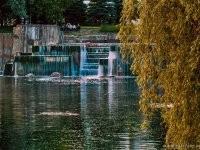 Do you know what unique engineering construction was stretched practically through all Minsk and received “the gold” in “The World encyclopedia of architecture“?
Do you know what unique engineering construction was stretched practically through all Minsk and received “the gold” in “The World encyclopedia of architecture“? The water system of the Sliapianka crosses the city from Zialeny lug to Chyzhouka and stretches on 22 kilometers. Let’s walk along its banks.
Thanks to Sliapianka, the part of Minsk' citizens accustomed to water murmur, effective spectacular waterfalls, fishermen and ubiquitous ducks and gulls.
The Sliapianka is the left inflow of the Svisloch. The small stream efforts of designers have turned to a unique hydraulic engineering construction. The man-made waterway begins at the Tsniansky water basin around Karbysheva Street, crosses obliquely the city and runs together with the Svisloch into the Chyzhousky water basin which supplies The Thermal Power Station ¹ 3 with water.
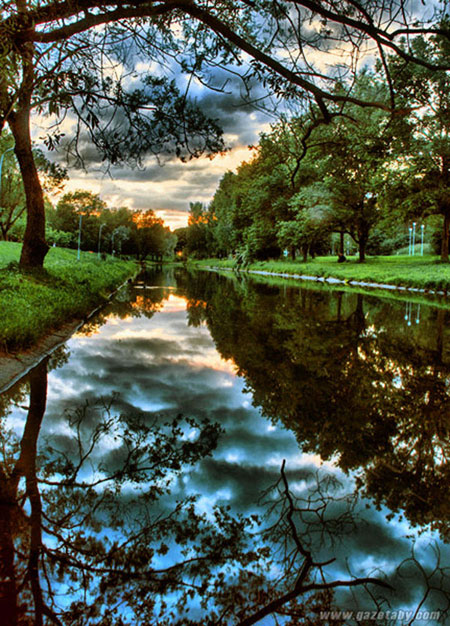
The hydro system was designed and realized in the eighties of the 20th century and has embodied a number of original engineering and architectural decisions. In parallel with the river there is an underground collector of sewage, therefore water in the Sliapianka keeps relative cleanliness, which fishermen estimate.
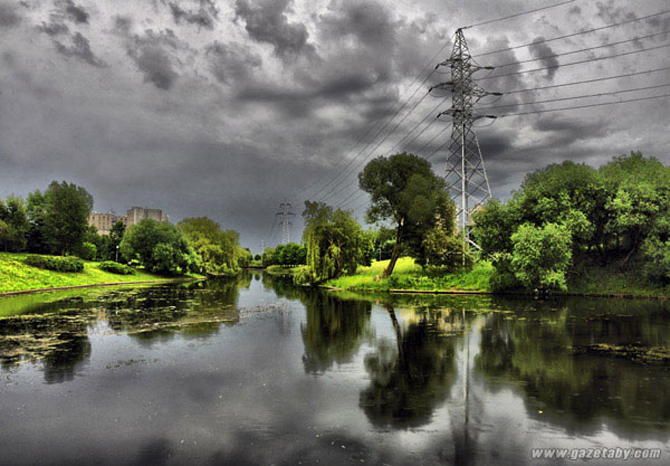
Nevertheless bathing in the water system of Sliapianka is forbidden. You can be fined for bathing there. From spring till autumn the reservoir becomes a haven of natatorium birds, and they, in turn, infects water by cercariosoms - larvae of water worms from which the body becomes covered with red stains.
And in general hydro system was designed for creation a microclimate and rest zones in inhabited parts of the capital.
From Karbysheva Street the Sliapianka looks like coming down the stairs. Each site of the artificial river ends with the water cascade - waterfalls and the following water level is below the previous on meter and even two.
The system of cascades and fountains is executed from low-key grey concrete but the architectural forms, falling water and strict geometry of constructions satisfy your eyes. And if you admire water cascades at a dawn, thanks to the light it is possible to catch simply wonderful moments.
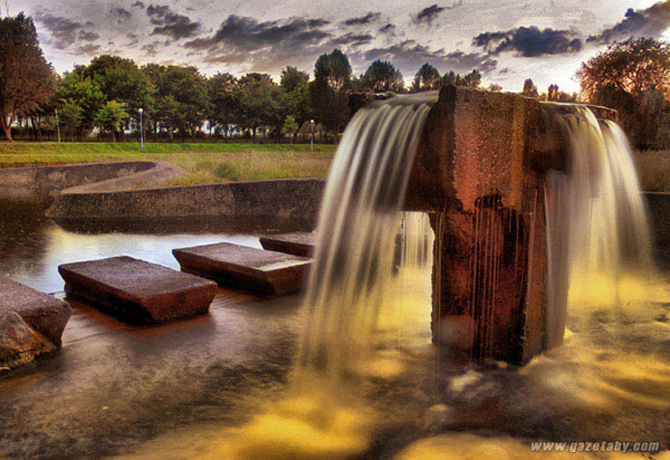
In general, there is a severe beauty in a concrete and stone frame of the banks of the Sliapianka.
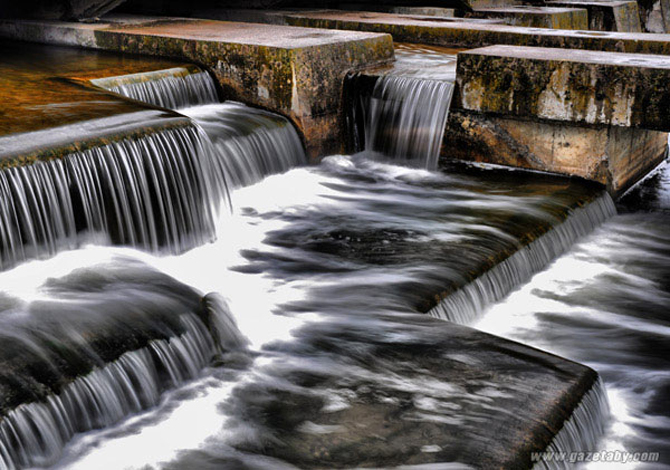
However, the local youth adapts the habitat.
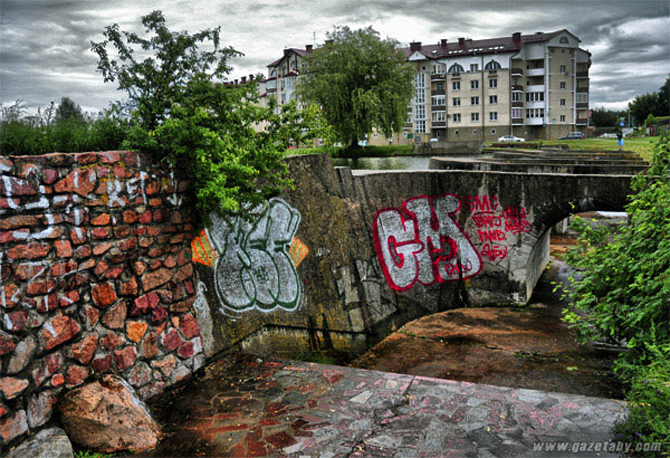
There are 13 water cascades on the artificial small river and you won't find two identical of them. It is possible to admire their beauty at any time. In the evening falling water and the lights of the city look more interesting.
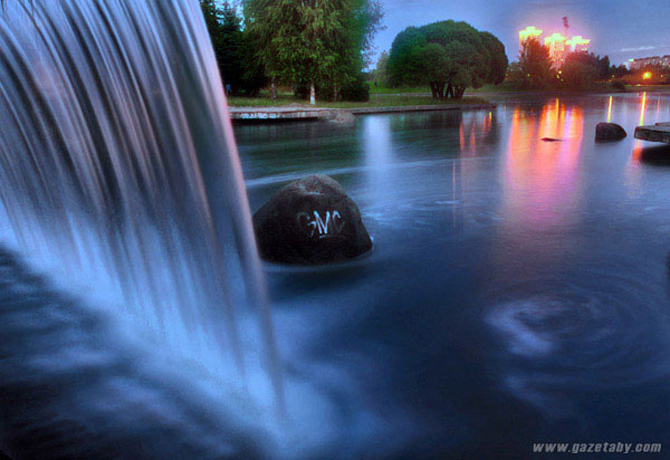
You can easily walk around under some of the waterfalls, listen to the sound of water and look through its falling streams.
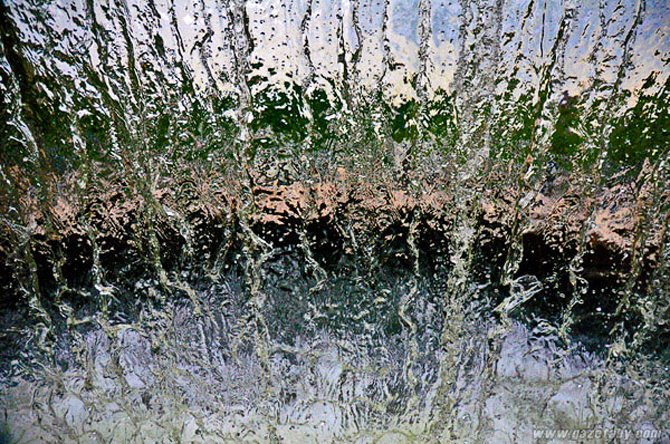
The most ennobled site of the water system flows in the area of the National Library of Belarus.
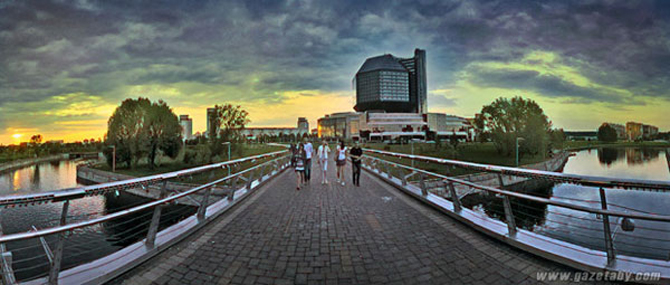
Several bridges, fountains, boats and catamarans offered for rent. In a word, it is a lovely area for the rest.
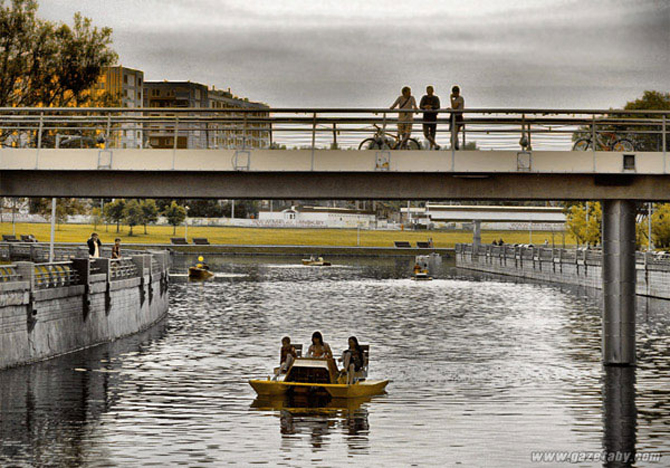
The water cascades are looked effectively in the park complex on Filimonov street.
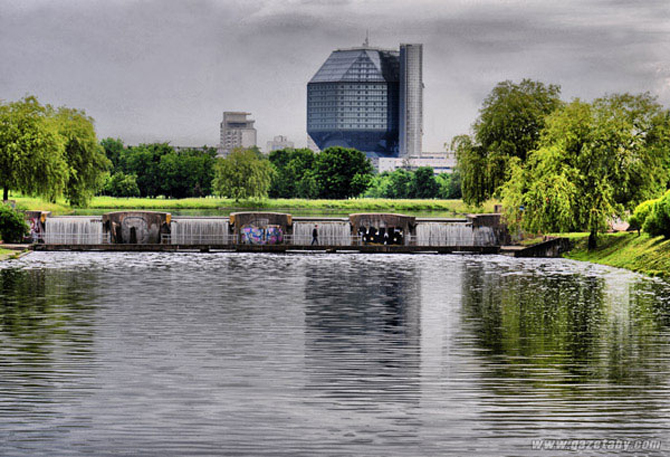
In the area of Plekhanov Street in Serabranka you can see from a pedestrian bridge at night which reflected in water effectively passing the trams.
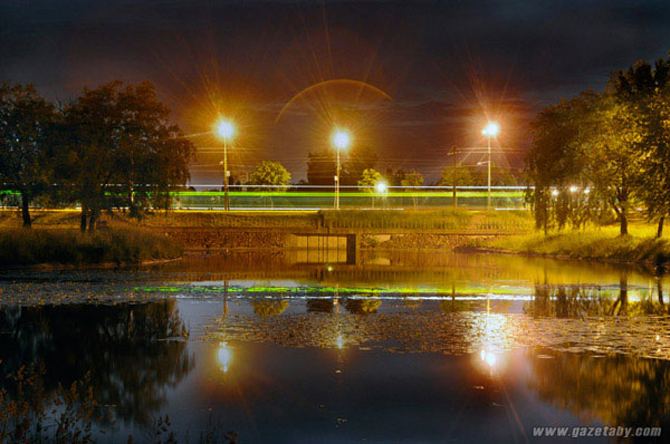
The project which was developed over 30 years ago, has become not only the best in the USSR, but also in the world practice of landscape transformation.
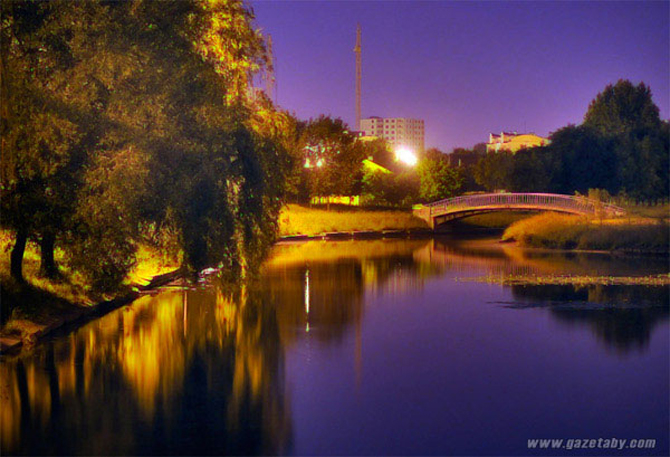
Materials: gazetaby.com
Donate:














